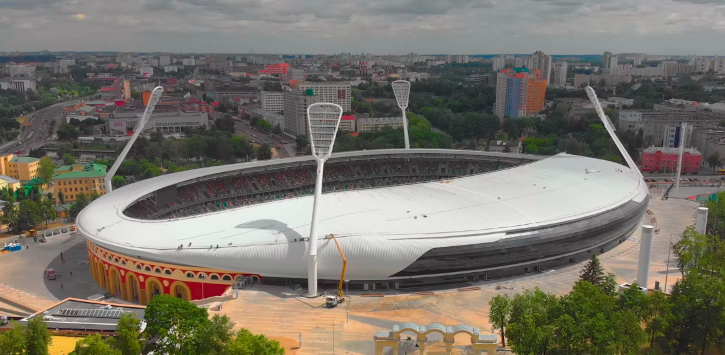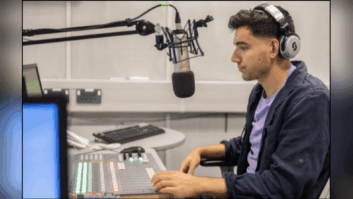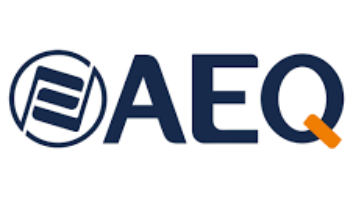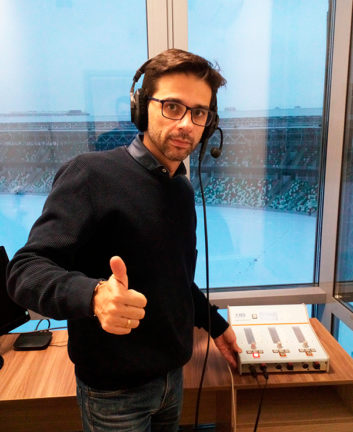
The author is R&D engineer at AEQ and was the technical coordinator for the project described.
This article appeared in Radio World’s “Trends in Codecs and STLs for 2020” ebook.
At times it seems that “media” is everywhere. Smartphones provide immediate content from seemingly every corner humans visit. Drones and small GoPro-style cameras add another omnipresent dimension. The world is awash in multimedia material that can be turned into usable/sellable content.
Designers of new buildings already pack them with media-friendly digital infrastructure. Hoping to take advantage of an opportunity, many owners of aging, media-constrained venues are refurbishing their facilities to take advantage of the growing media world.
Dynamo National Olympic Stadium is the largest multipurpose stadium in Minsk, Belarus. It was reconfigured a few years ago so it could hold not only football matches but also athletics and other kinds of events, making into a venue with an international scope. It was reopened in December 2017, in time to setup for the 2019 European Games.
This international profile is reflected by the attendance of sports journalists from all over the world for live broadcasting. With that expanded mission, Dynamo National Olympic Stadium managers selected AEQ commentary system with 150 positions, each one equipped with an AEQ Olympia commentary unit. This allows more than 150 international TV and radio stations to broadcast events from Minsk simultaneously. Each of those can customize its language, style and media personalities.
[Check Out More of Radio World’s Ebooks Here]
The whole stadium offers Dante-AES67 AoIP multichannel technology provided by AEQ equipment. A powerful AEQ BC2000D audio matrix was installed, allowing for centralization and distribution of all the audio signals produced in the building.
In order for the commentary positions to communicate with the rightsholder stations or RHBs for each event, 150 AEQ Phoenix Stratos audio codecs were installed. Each one is able to establish two bidirectional circuits between the station and the commentary units. One of them is normally used to carry the program and program feedback, while the other commonly operates as a coordination channel.
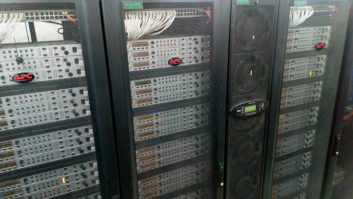
Each codec has front-panel controls; however, it would be chaos if each codec operator could take control of the system. Fortunately there is a control software available so AEQ’s ControlPhoenix software application is being used to establish and supervise the up to 300 simultaneous connections that can be established with the 150 audio codecs.
AEQ Stratos is a suitable audio codec for this purpose because:
- It is a dual codec, so the same device can establish the program and coordination circuits.
- It is developed according to EBU N/ACIP standards, so it can communicate with most any third-party codec that may be in a broadcast facility inventory.
- Besides operating with IP networks, it can also establish connections using synchronous ISDN and even V.35 lines, allowing for an alternative path to establish a link.
- Stratos audio codec includes several state-of-the-art audio algorithms, such as Opus, the new standard for broadcast-quality audio communications, as well as legacy codecs for ISDN communications and guaranteed third-party compatibility, such as G.722 or MPEG2.
- It offers both analog and AES/EBU digital input/output connectivity with external synchronization capability, plus ancillary data transport, seamlessly emulating RS-232 protocol over the IP audio stream and GPI/O connections for external signaling.
- ControlPhoenix software provides full remote control of codec installations ranging from one to several hundred Phoenix family devices. Control is possible locally or from anywhere in the world, if so required, using an internet connection. This software application is provided for free with all AEQ Phoenix codecs while a license is only necessary to simultaneously manage more than two devices. It includes call list management, full configuration, real time VU meters, audio alarms, event logging, etc.
Eurovision Sport was the event’s broadcasting partner. Eurovision used the Phoenix Stratos audio codecs in order to send the audio from commentators speaking all the different languages throughout infrastructure.
Some of the most important international sports events held in the remodeled Minsk stadium include the Second European Games and The Match Europe vs. USA track and field competition.
The Second European Game featured 4,000 athletes from 50 European countries competing in 15 sports.
For those games the real-time broadcasting production used a total of 12 OB vans and more than 200 cameras. Seven hundred broadcasting professionals ensured that the signals were properly produced and reached the 190 rights-holding broadcasters around the globe. More than 600 live and nearly 800 recorded coverage hours were produced.
The Match Europe vs USA, conducted in September 2019, gathered 300 world-class athletes who competed in 37 different track and field events.
